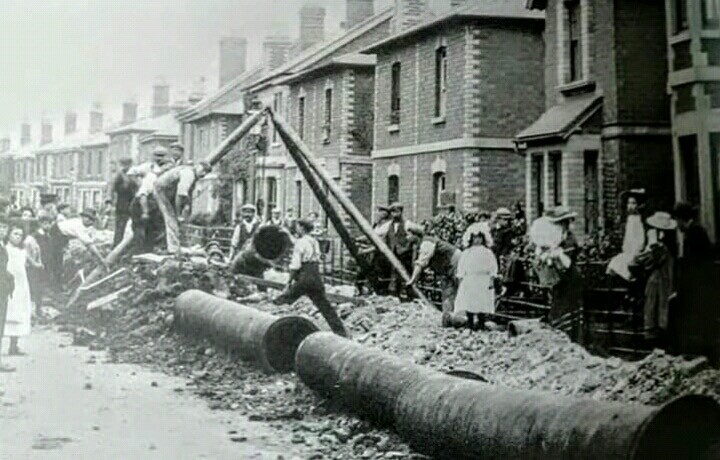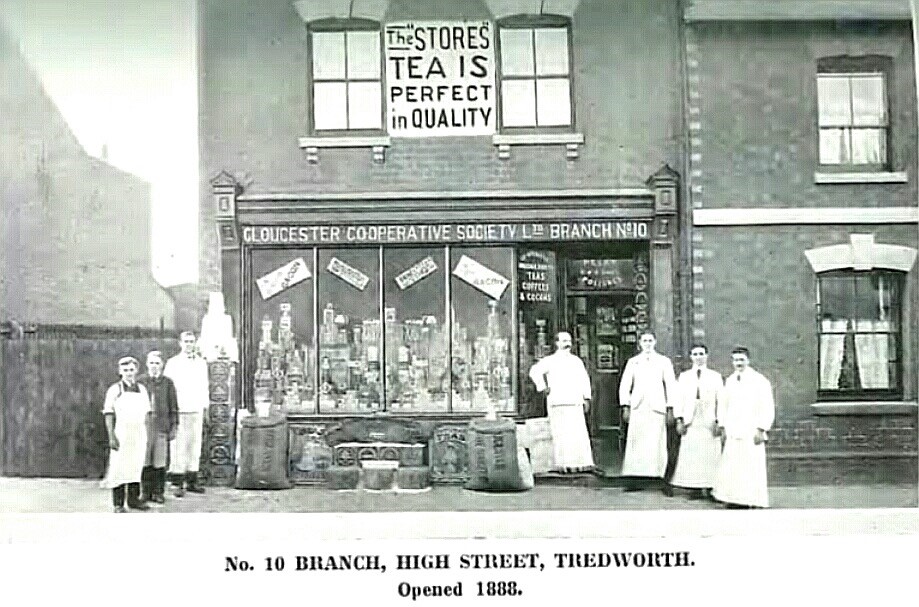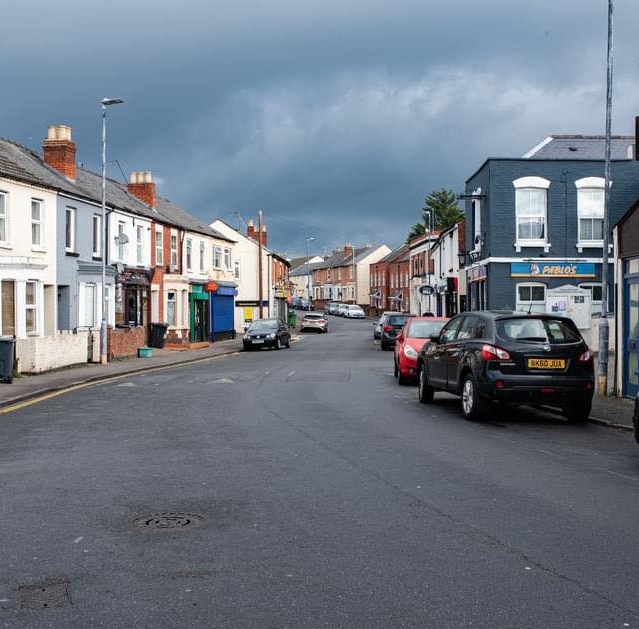Situated within the city of Gloucester, Tredworth has a significant historical backdrop that spans many centuries. Its roots can be traced back to Roman times. During this period, it served as a pivotal point along the Roman road network for trade and economic activity in the region. As time passed, Tredworth evolved into a picturesque medieval village, characterised by its quaint timber-framed structures and a bustling market square.
The medieval era was a particularly noteworthy period for Tredworth, as it emerged as a central hub in the wool trade, a vital component of Gloucester’s prosperity. The renowned Gloucester Docks, located in close proximity, played an essential role in linking the town to global markets, further enhancing its economic significance.
In more recent history, Tredworth experienced rapid industrialization during the 19th century, marked by the establishment of factories and the development of residential areas, which transformed its landscape.


Today, Tredworth stands as a unique amalgamation of past and present, blending historical charm with modern amenities and a diverse cultural landscape. The population of Tredworth and and its neighbour, Barton, is approximately 14,500 spread amongst a dense network of small terraced houses, alleyways and narrow streets. It is a diverse, generous community; a rich tapestry of various religions, cultures and ethnicities. BAME make up almost 45% of the local population, and about 25 countries and around 70 languages are represented in Tredworth, making it a place of historical importance and cultural richness within the heart of Gloucester.

